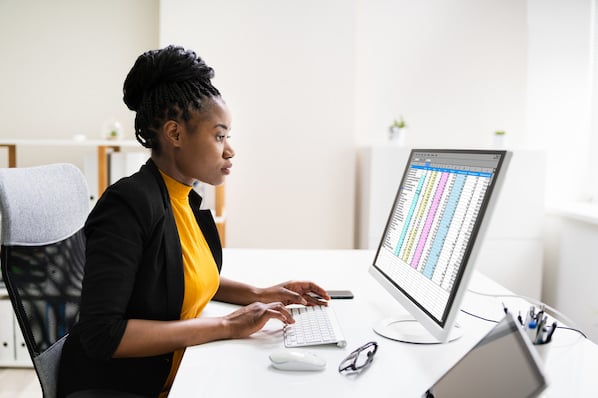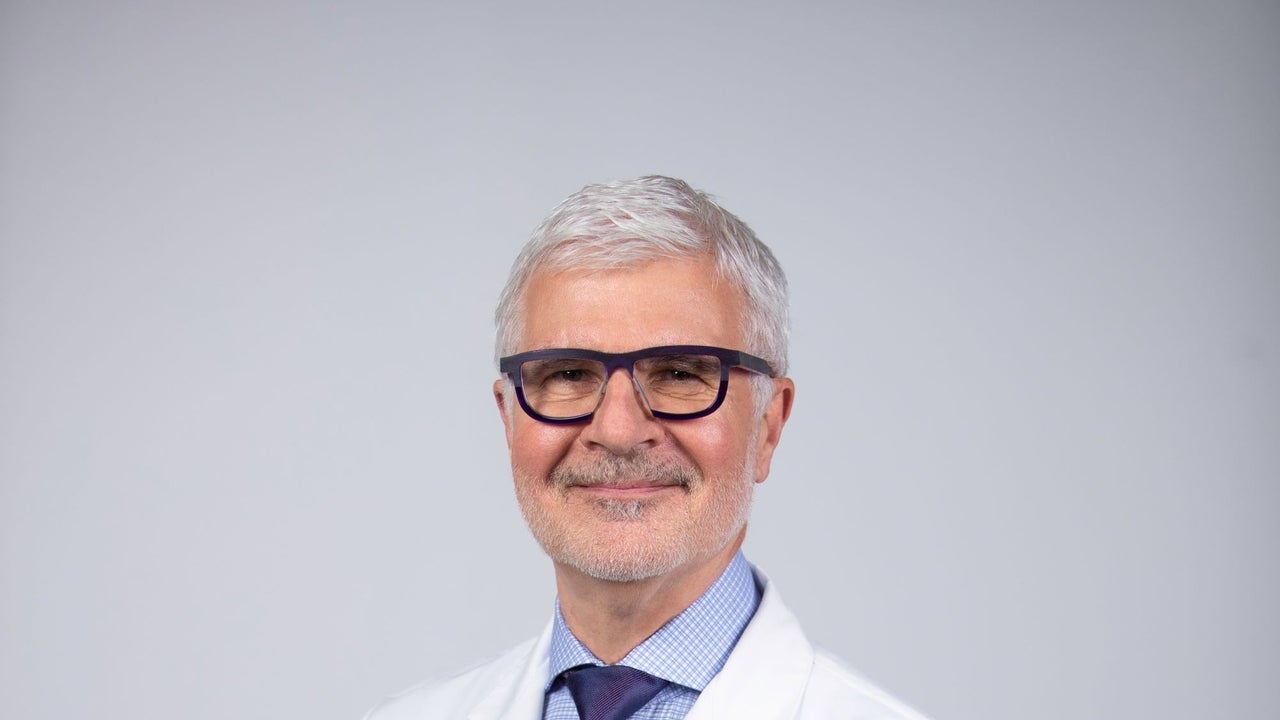Why the lesser-spotted black lesbian will be turning up the volume
Multi-sensory, intersectional representation matters, particularly when you’re trying to sell things to people, says the Syneos Health creative director ahead of Lesbian Visibility Week.

Creative should snuggle lovingly into hearts and minds…
I love that we, as creatives, get to influence how people see the world. It’s a huge responsibility. Not only do we have to tightly craft messages and visuals and experiences, but the rhetoric we apply within these allows us to get into people’s hearts and minds.
… and it does that by being an authentic mirror for all of society
Consumers, like all people, have characteristics that they would like to see reflected back at them. It validates their sense of belonging and place in the world. It makes them more amenable to buying into a brand, an idea, a product.
That reflection isn’t always about what is seen… it’s quite often a feeling, an element of identity. For example. I’m visibly black, but not necessarily visibly a lesbian.
I’m arguably visibly creative but not necessarily visibly neurodiverse – yet I am all these things.
Multi-sensory, intersectional representation matters
I say all of this to point out that multi-sensory, intersectional representation matters, particularly when you’re trying to sell things to people. Seeing different kinds of lesbians means, quite simply, that more people can be reached. It starts with who is making the ads. And, a few years ago, based on the ads that were being made, you’d be forgiven for thinking that lesbians don’t exist or that there is a fixed archetype.
Today, we have more lesbians making ads. Different kinds of lesbians. And it shows. We are evolving, there are more bi people, queer people, intersectionally different people making the creative decisions. It is a continuing evolution – the future is queer, as Marty Davies so eloquently opines. She told you before and I’ll say it again, louder for the folx at the back.
Evolution, always
Take a brand like Victorian Plumbing and show how it aligns with authentic, lived experiences, created by people or in partnership with people with that lived experience, it’s gonna resonate. “Don Tina” features low-key lesbian (or bi) visibility in a way that’s low key to those who don’t care and very obvious to those, like me, who do. The ad, created by Leo Burnett, unambiguously features a biracial, same sex couple (they greet each other in their shared, double-bed bedroom) with a mixed-race daughter. It’s funny, it’s kitsch. I will now buy from them when I would not have remembered them before because they wear their values in their ads. Nice work.
As a creative director who is a lesbian as well as being black, I’m acutely aware of the responsibility I have in this industry. I write characters that reflect my lived experience and those of others like me. Personally, I’m always writing characters in my health work, including a mixed-media disease awareness film for Migraine featuring a lesbian woman with a daughter.
But, I’m also acutely aware that we are just at the beginning of the evolution. There are more black lesbians coming up. We will be making more ads that reflect those elements of our lived experience that are common to us.
We black lesbians are out here, crafting creative. Expect to see more of us
As a consumer who is a lesbian as well as being black, I will buy more shit if a piece of creative comms resonates with me on a personal level. Yes, the golden resonance is a universal truth, but you know what’ll help me along the way? Seeing elements of my lived experience. Authentic ones. The Victorian Plumbing ad, the Etsy Christmas ad from a few years ago as explored here. Because, believe me, as both consumers and creators, we can tell when it’s been dreamt up by someone with zero connection to that experience.
Tash Beecher (she/her) is creative director at Syneos Health and an executive creative director at Pocc

 FrankLin
FrankLin 







_15.jpg)



![How To Turn Around Failing SEO with Cydney D’Costa [VIDEO]](https://www.digitalmarketer.com/wp-content/uploads/2022/05/HOW_TURN_FAILING_SEO-1.png)




















